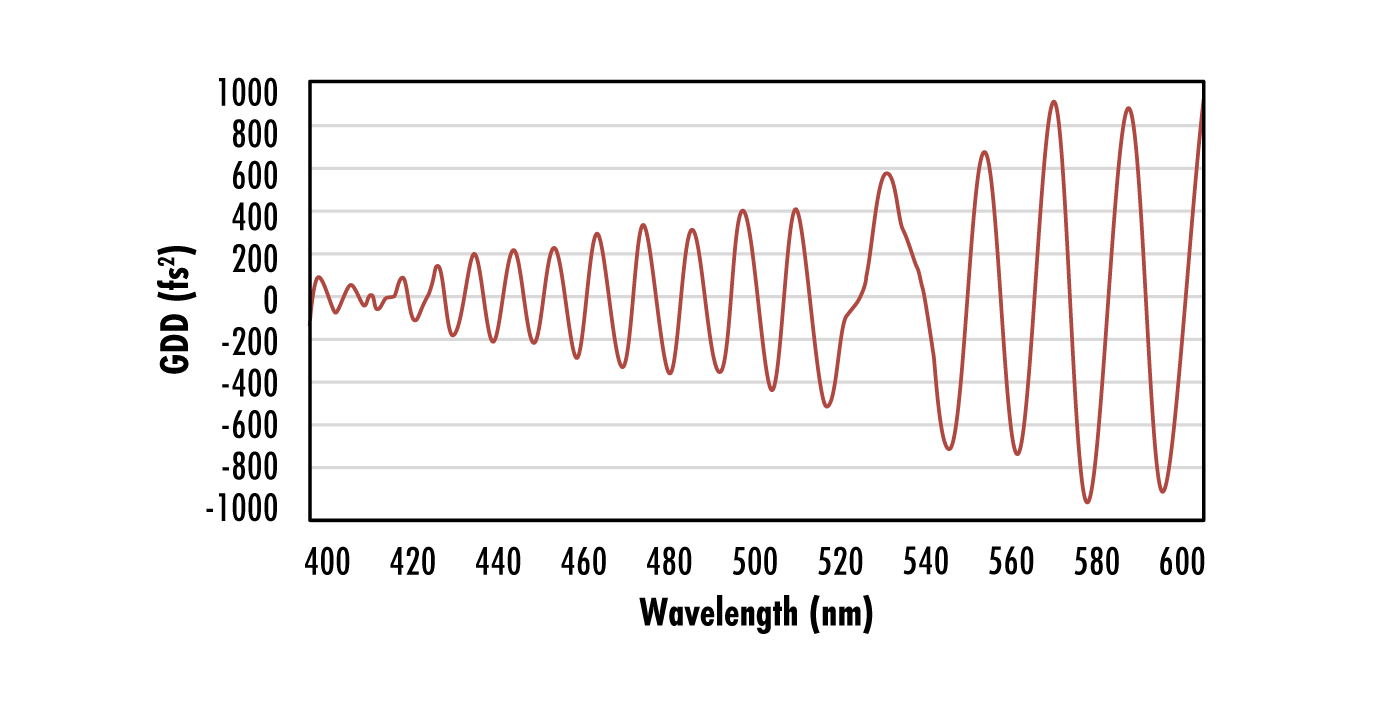Contents

Source: Edmund Optics
Understanding Group Delay Dispersion in Optics
Group delay dispersion is a crucial parameter in optics that quantifies chromatic dispersion in optical elements. It is defined as the derivative of the group delay with respect to the angular optical frequency. This parameter plays a significant role in determining the behavior of optical pulses as they propagate through different media.
Group Delay Dispersion and Chromatic Dispersion
The group delay dispersion is a measure of how the group delay of an optical pulse changes with respect to its optical frequency. It is crucial in characterizing the impact of chromatic dispersion, where different frequencies of light travel at different speeds through a medium, leading to pulse broadening or distortion.
Units and Significance
Group delay dispersion is typically specified in units of femtoseconds squared (fs^2) or picoseconds squared (ps^2). Positive values indicate normal dispersion, where higher frequencies travel faster, while negative values indicate anomalous dispersion, where lower frequencies travel faster. Understanding the group delay dispersion of optical elements is essential in designing optical systems with controlled dispersion effects.
Higher-Order Dispersion
In addition to second-order dispersion, higher-order dispersion effects can also impact the behavior of optical pulses. Third-order dispersion, for example, can be calculated from the frequency derivatives of group delay dispersion and is crucial in certain optical applications.
Measurement and Applications
Measuring group delay dispersion is essential for optimizing the performance of optical systems. Various techniques, such as pulse delay measurements and interferometry, are employed to quantify the dispersion characteristics of optical elements. Understanding and controlling group delay dispersion is vital in applications such as ultrafast optics, fiber optics, and laser technology.
Overall, group delay dispersion is a fundamental parameter in optics that influences the behavior of optical pulses in different media. By characterizing and managing dispersion effects, researchers and engineers can design advanced optical systems with improved performance and functionality.

Source: Physics Stack Exchange
Feel free to comment your thoughts.



